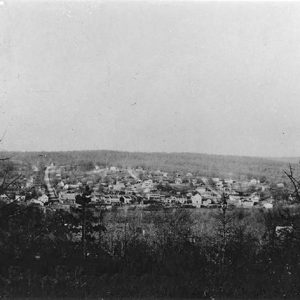 Hardy Overlook
Hardy Overlook
Time Period: Early Twentieth Century (1901 - 1940) - Starting with H
 Hardy Overlook
Hardy Overlook
 Hardy, View From River
Hardy, View From River
Harper, John (Execution of)
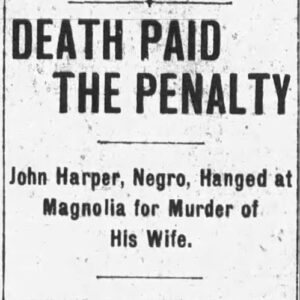 John Harper Execution Story
John Harper Execution Story
Harrington, M. R.
aka: Mark Raymond Harrington
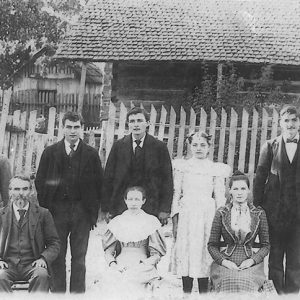 Harris Family
Harris Family
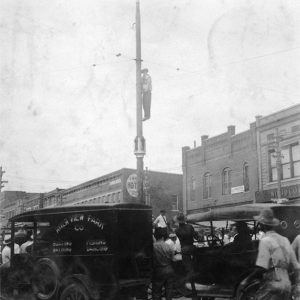 Harris Lynching
Harris Lynching
Harris, Gilbert (Lynching of)
 Harris Lynching Article
Harris Lynching Article
Harris, Jack (Lynching of)
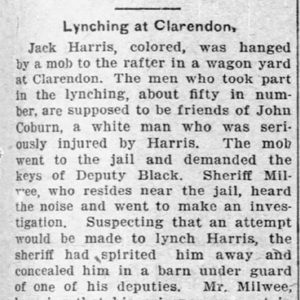 Jack Harris Lynching Article
Jack Harris Lynching Article
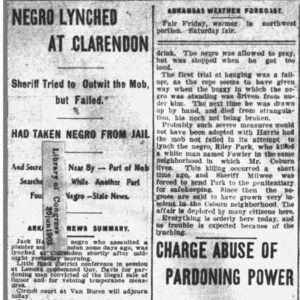 Jack Harris Lynching Article
Jack Harris Lynching Article
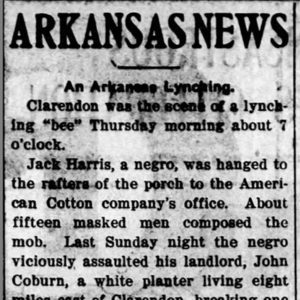 Jack Harris Lynching Article
Jack Harris Lynching Article
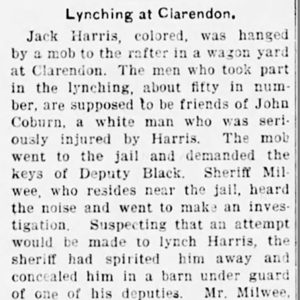 Jack Harris Lynching Article
Jack Harris Lynching Article
 Harris Lynching Article
Harris Lynching Article
 Oren Harris and Others at State Fair
Oren Harris and Others at State Fair
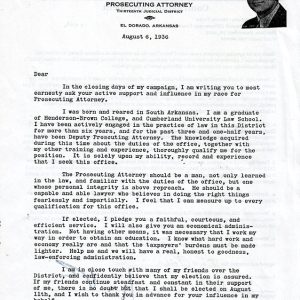 Oren Harris Campaign Letter
Oren Harris Campaign Letter
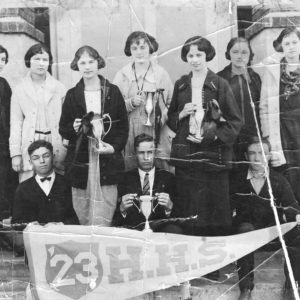 Harrisburg High School
Harrisburg High School
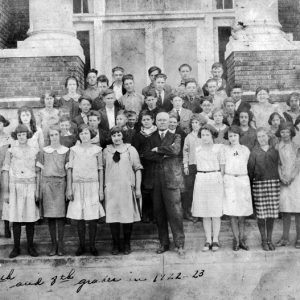 Harrisburg School Children
Harrisburg School Children
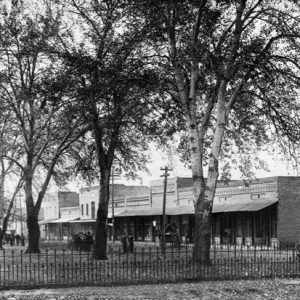 Harrisburg Street Scene
Harrisburg Street Scene
 Harrisburg Street Scene
Harrisburg Street Scene
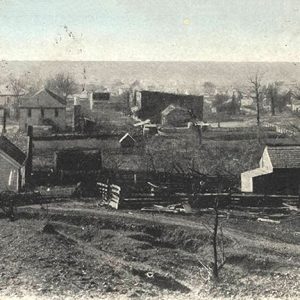 Harrisburg View
Harrisburg View
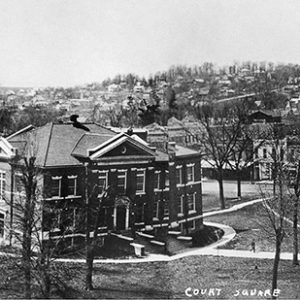 Harrison Courthouse Square
Harrison Courthouse Square
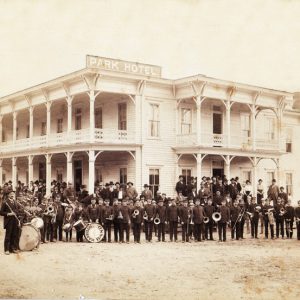 Harrison First Passenger Train
Harrison First Passenger Train
 Harrison Government Building
Harrison Government Building
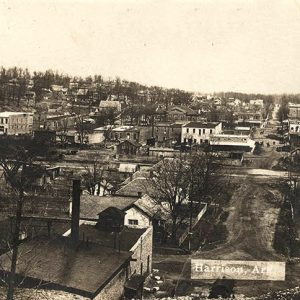 Harrison Overlook
Harrison Overlook
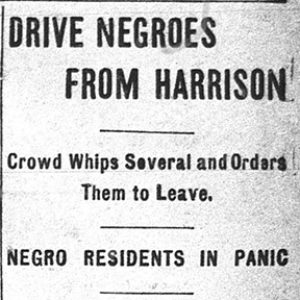 Harrison Racial Expulsion Article
Harrison Racial Expulsion Article
Harrison Race Riots of 1905 and 1909
aka: Charles Stinnett (Execution of)
Harrison Railroad Riot
aka: Missouri and North Arkansas Railroad Strike
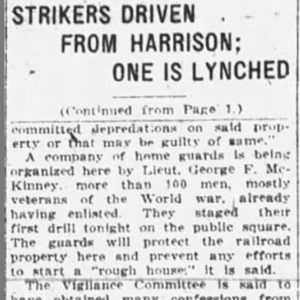 Harrison Railroad Riot Article
Harrison Railroad Riot Article
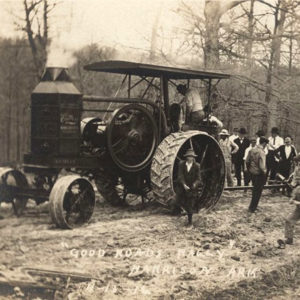 Harrison Roads
Harrison Roads
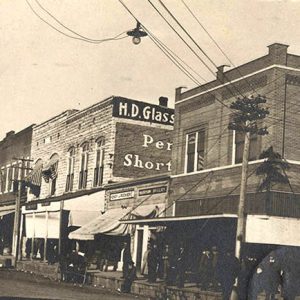 Harrison Street Scene
Harrison Street Scene
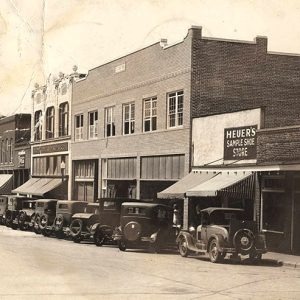 Harrison Street Scene
Harrison Street Scene
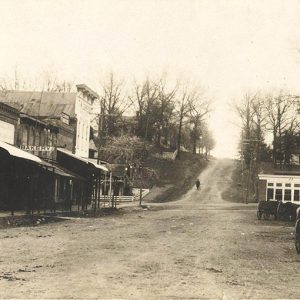 Harrison Street Scene
Harrison Street Scene
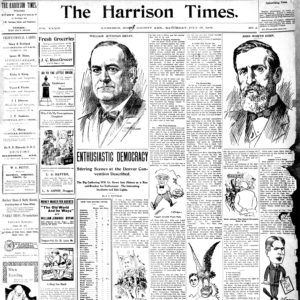 Harrison Times
Harrison Times
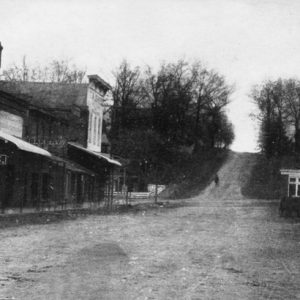 Harrison Town Square
Harrison Town Square
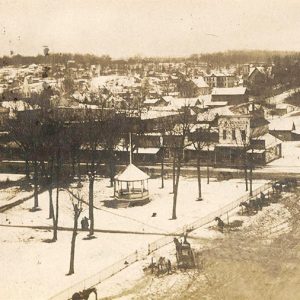 Harrison View
Harrison View
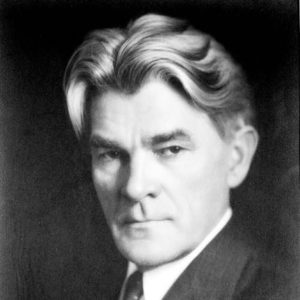 Harvey Thomas Harrison
Harvey Thomas Harrison
Harrison, John Henry (Lawsuits Relating to the Lynching of)
Harrison, John Henry (Lynching of)
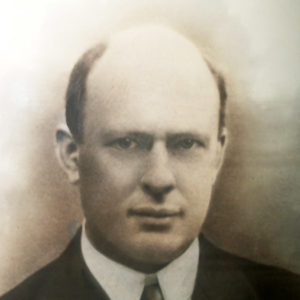 Harry Hallock
Harry Hallock
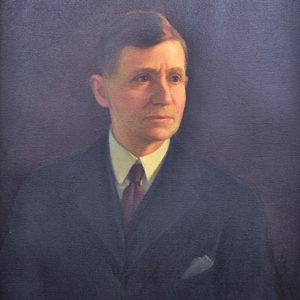 Jesse C. Hart
Jesse C. Hart
Hart, Jesse Cleveland
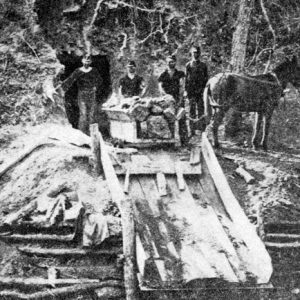 Hartford Coal Mining
Hartford Coal Mining
Hartford Commercial Historic District
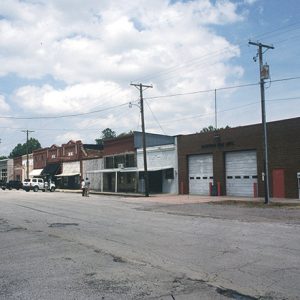 Hartford Commercial Historic District
Hartford Commercial Historic District
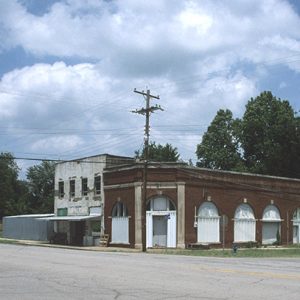 Hartford Commercial Historic District
Hartford Commercial Historic District
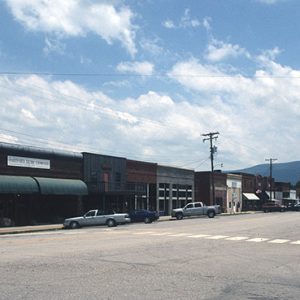 Hartford Commercial Historic District
Hartford Commercial Historic District
Hartford Music Company and Hartford Music Institute
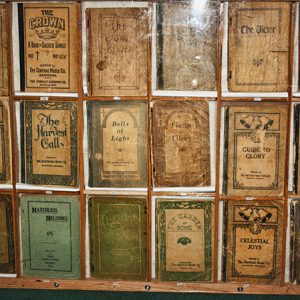 Hartford Music Company Song Books
Hartford Music Company Song Books




